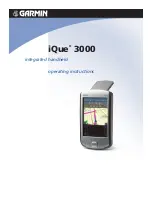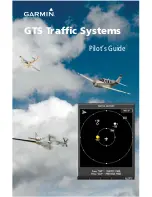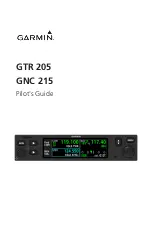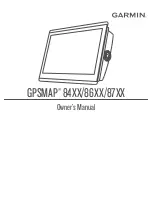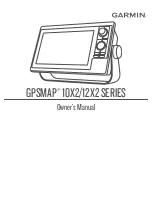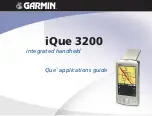
i
Table of Contents
1. Installation and Getting Started
1
1.1. Introduction
1
1.2. System requirements
1
1.3. Installation
1
1.3.1. ActiveX and DLL components
1
1.3.2. Installing the Visual Basic−specific parts
1
1.3.3. Installing the Visual C++−specific parts
1
1.3.4. Points of interests
1
1.3.5. Desktop Computer
1
1.4. License
2
1.4.1. ATTENTION
2
1.4.2. LICENSE AGREEMENT
2
1.4.3. MANUFACTURER’S WARRANTY AND LIMITATION OF LIABILITY
3
1.5. Technical Support
3
2. Providing your own Points of Interest to TomTom Navigator
4
2.1. Installing a POI database
4
2.2. How to make POI databases
5
2.3. Converting to Navigator format
5
2.4. OV2 File Structure
6
3. Itinerary files
8
3.1. Itinerary file format
8
3.1.1. Fields in itinerary files
8
3.1.2. Flags in itinerary lines
8
3.2. Using itineraries
8
4. Extending the Location−sensitive Menu
10
4.1. About external commands
10
4.2. Capabilities files
10
4.2.1. Format of the .CAP file
10
4.2.2. Format of the .TMT files
12
4.3. External POI files
12
4.4. Format of the requests to external applications
14
5. Communicating with TomTom Navigator from Visual Basic
15
5.1. Introduction
15
5.2. Supported API calls
15
5.2.1. Function GetSdkVersionInfo( ) As String
15
5.2.2. Function GetNavigatorVersionInfo( ) As String
15
5.2.3. Sub BringNavigatorToForeground( )
15
5.2.4. Sub SwitchToNavigatorView( )
15
5.2.5. Sub TryCloseCurrentOpenedDialogs( )
16
5.2.6. Sub SwitchMap( String As aFileName)
16
5.2.7. Sub GetLocationInfo( aLongitude As Long, aLatitude As Long)
16
5.2.8. Sub NavigateToCoordinate( aLongitude As Long, aLatitude As
Long, aName As String)
16
5.2.9. Sub ClearFavorite( aFavorite As Long)
17
5.2.10. Sub SetFavorite( aFavorite As Long, aName As String,
aDescription As String, aLongitude As Long, aLatitude As Long)
17





















